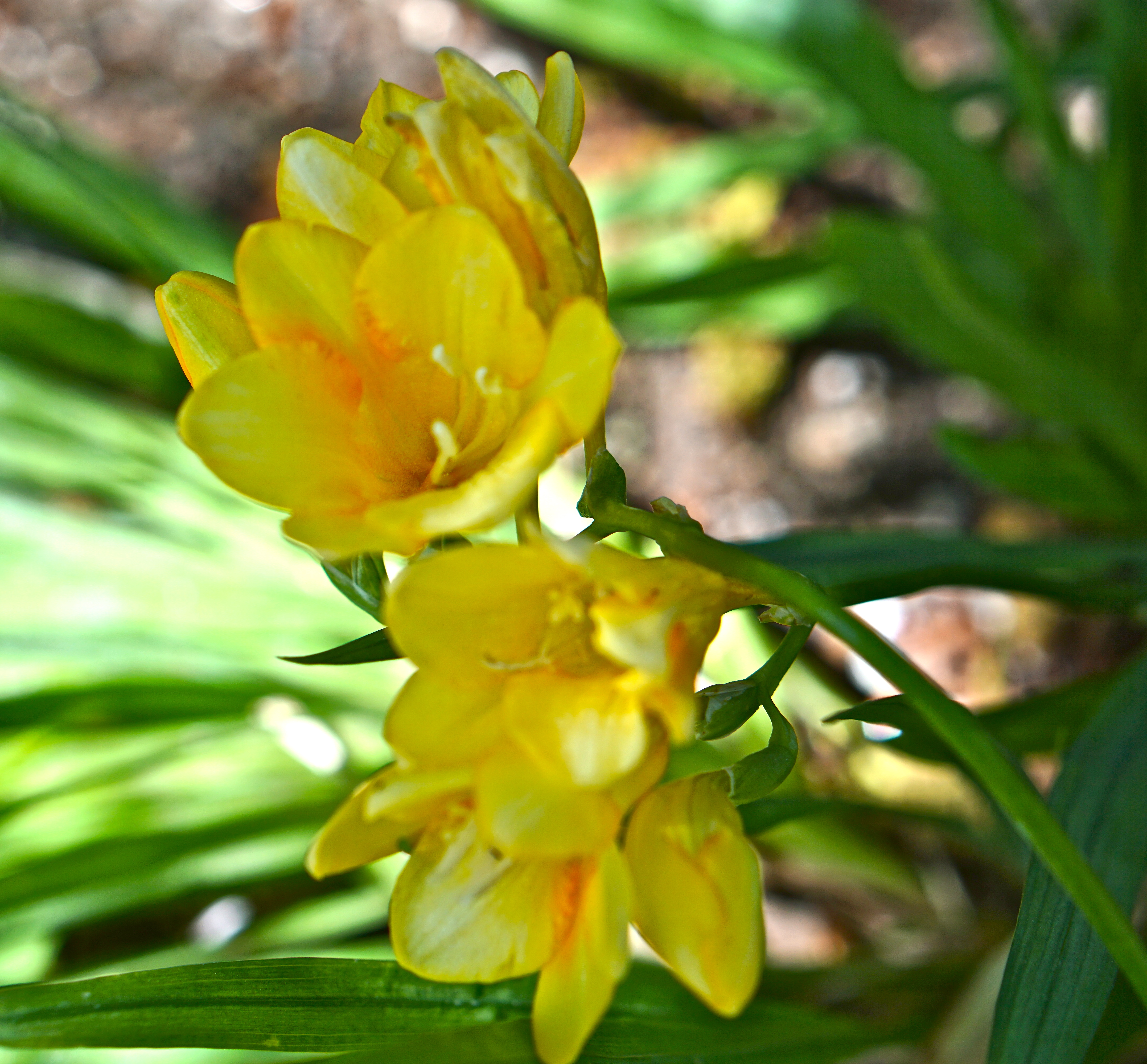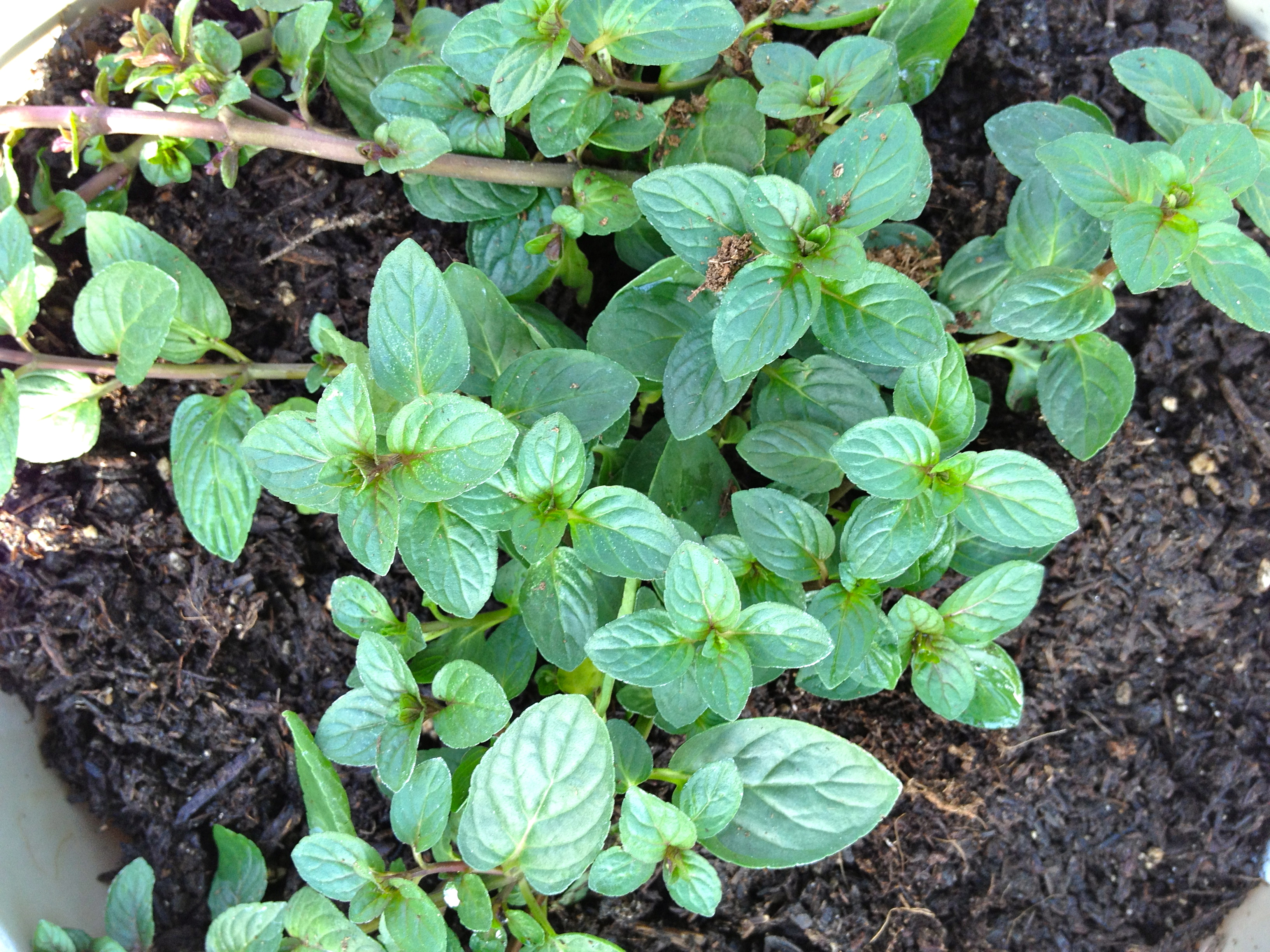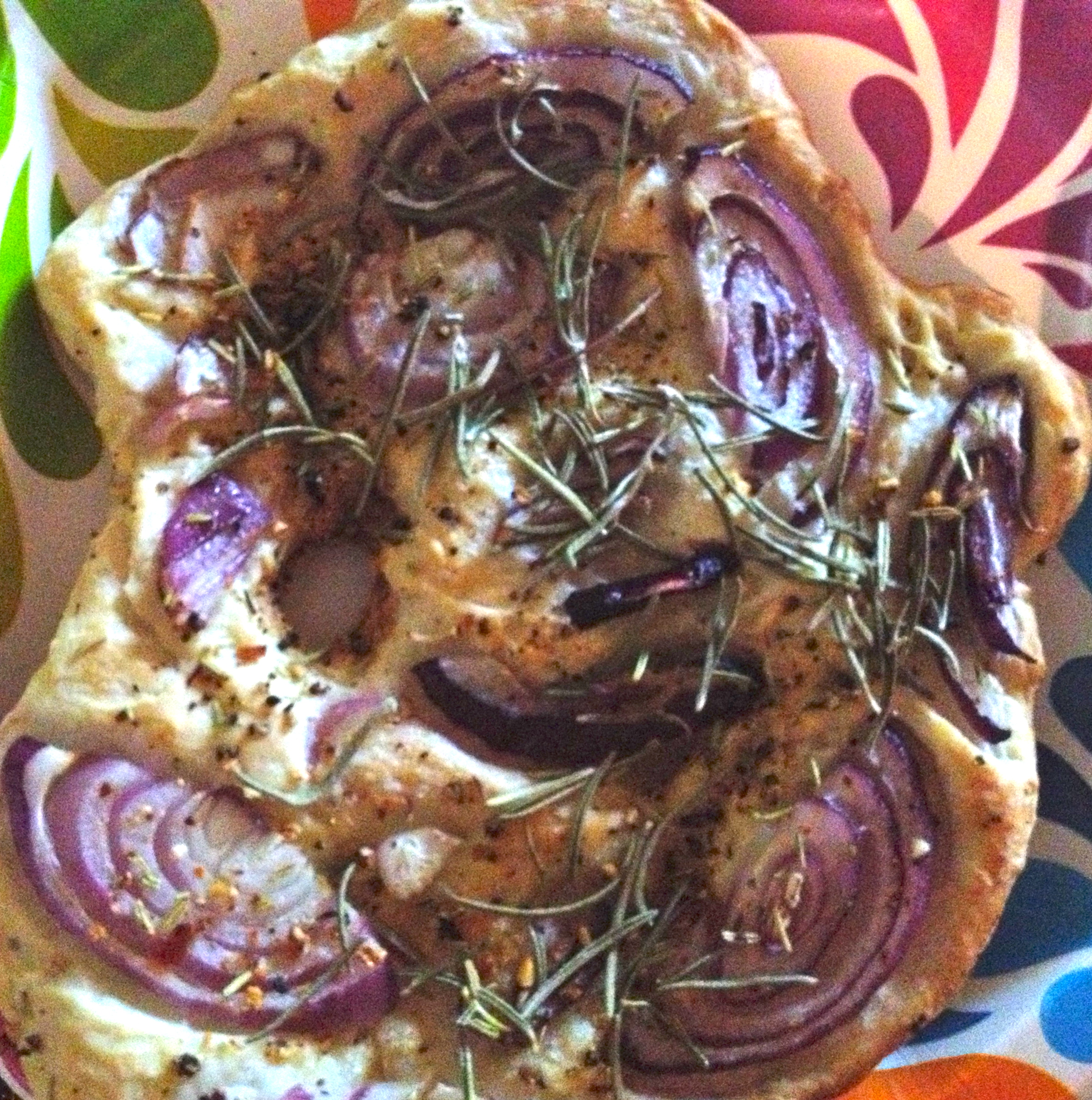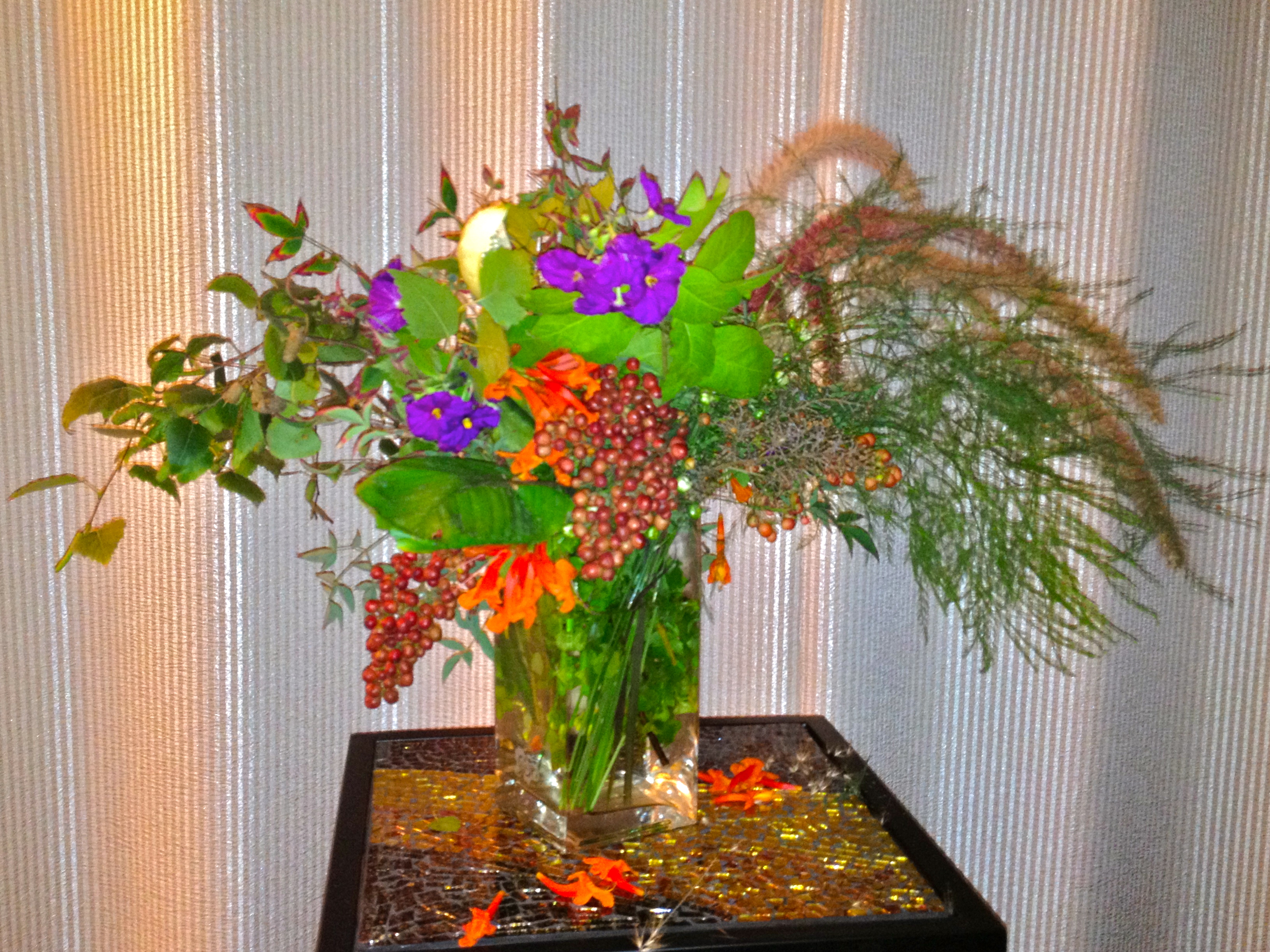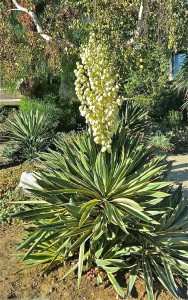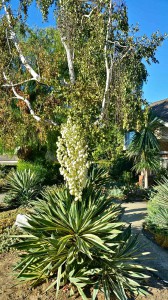Continuing with our spring landscape – we travel all the way from Hawaii with a beautiful hibiscus specimen. I have found hibiscus to be very particular where I place them. They need humidity and some shade in my garden. Every landscape has microclimate zones. For example, below a slope might be up to five degrees cooler or a sunny spot with some shade will stay less dry than necessary for a succulent, etc. Some plants like solitary conditions. Others like to be in a community of varied species.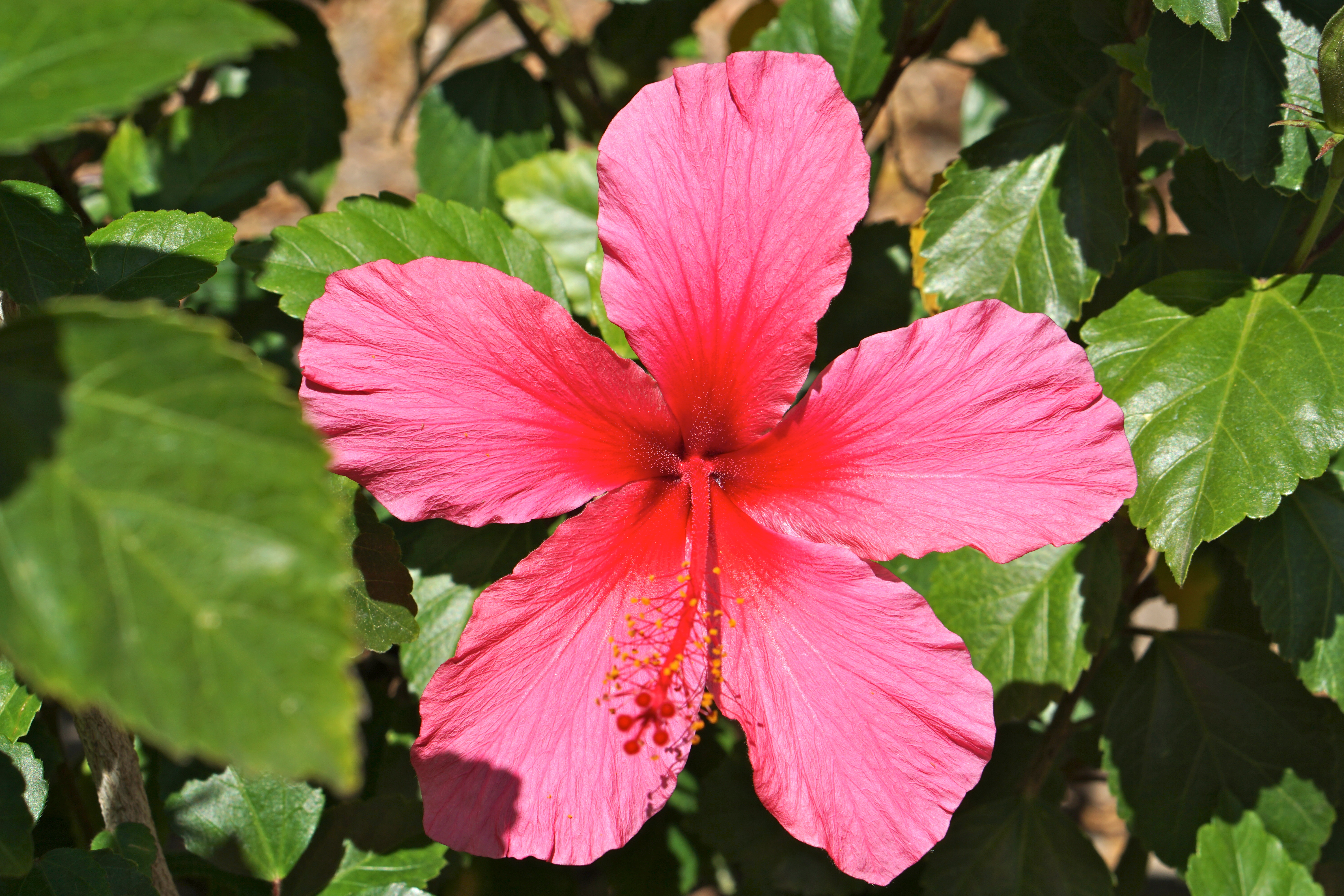
A deeply hued throat beckons and calls all hummingbirds.
An aloe flower spikes straight up.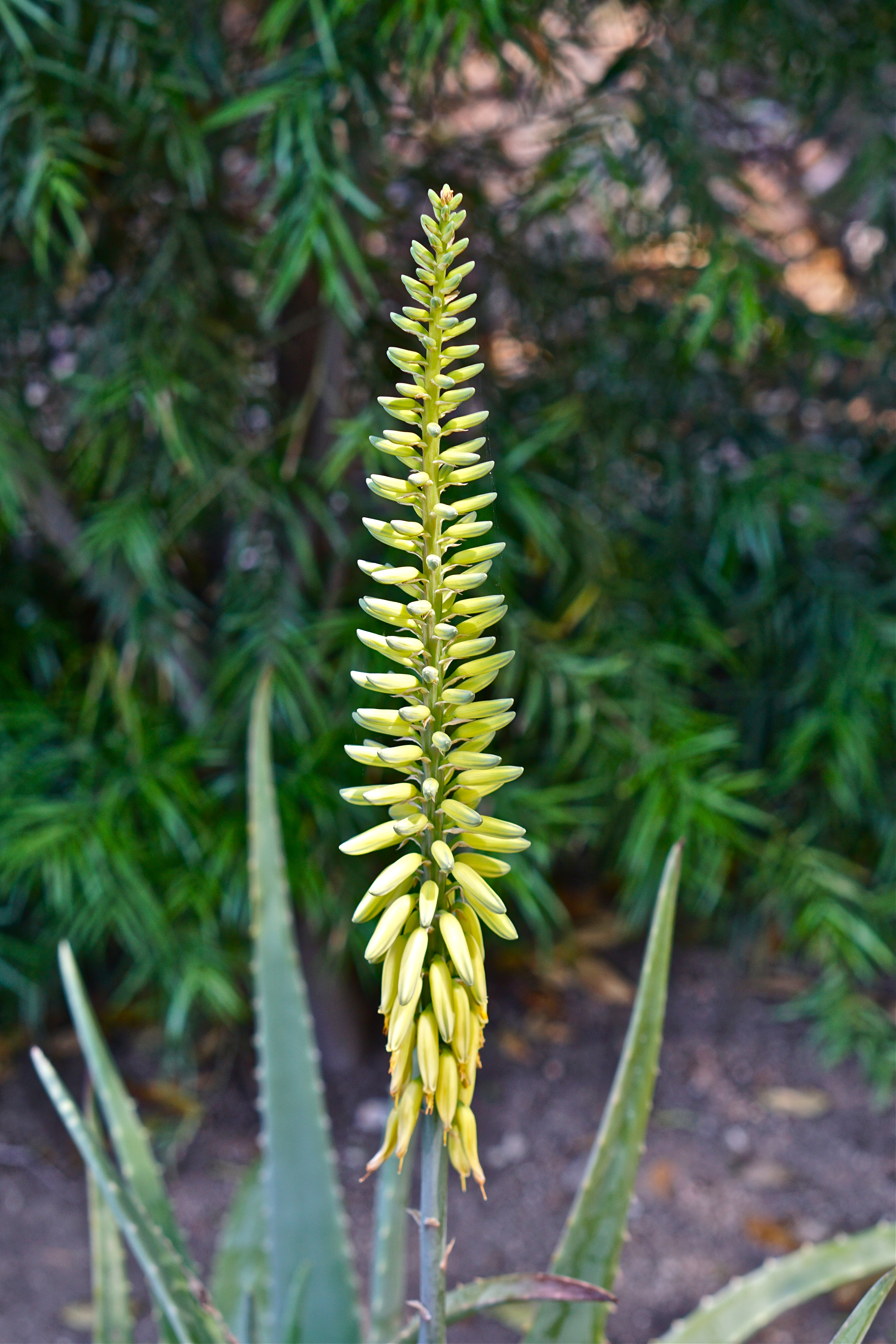 Aloemestria is a popular flowering stem in many professional bouquets from florists and is surprisingly easy to grow.
Aloemestria is a popular flowering stem in many professional bouquets from florists and is surprisingly easy to grow.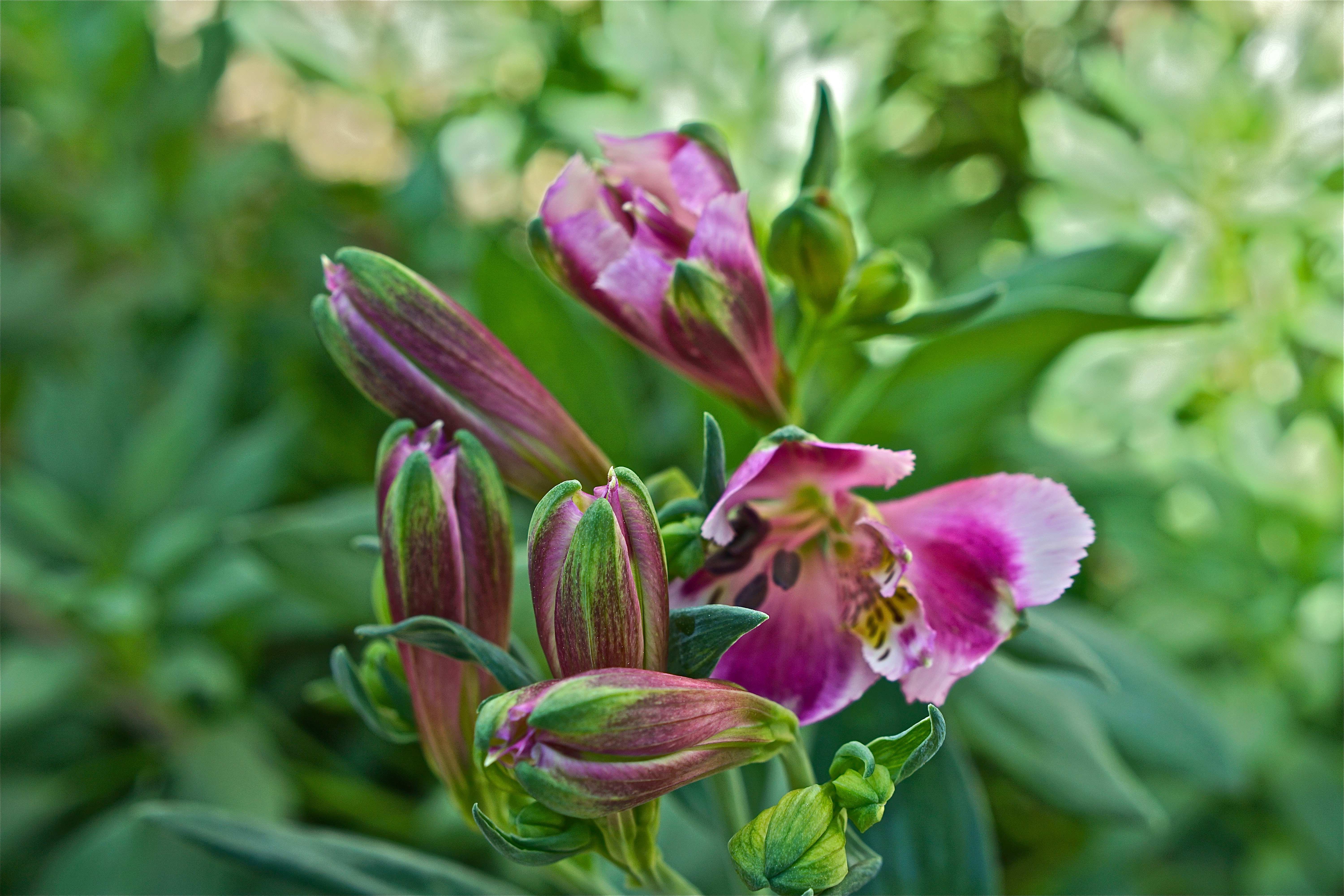 A lemon tree blossom from one of our two dwarf Meyer trees, it will be many months before this becomes a ripe lemon to pick.
A lemon tree blossom from one of our two dwarf Meyer trees, it will be many months before this becomes a ripe lemon to pick.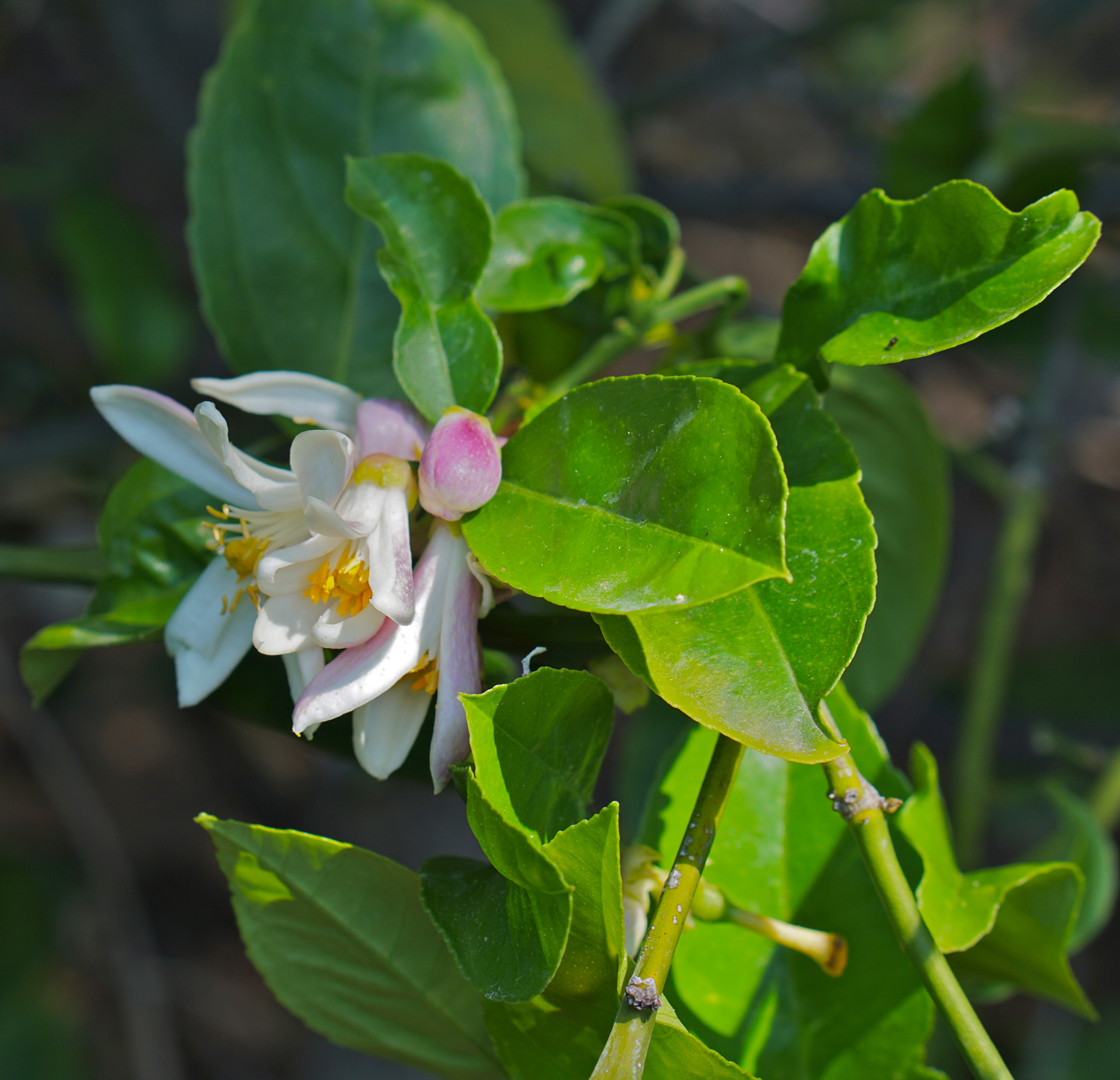 Nasturtium is a peppery addition to salads. Super easy to start from seed and loves neglect.
Nasturtium is a peppery addition to salads. Super easy to start from seed and loves neglect.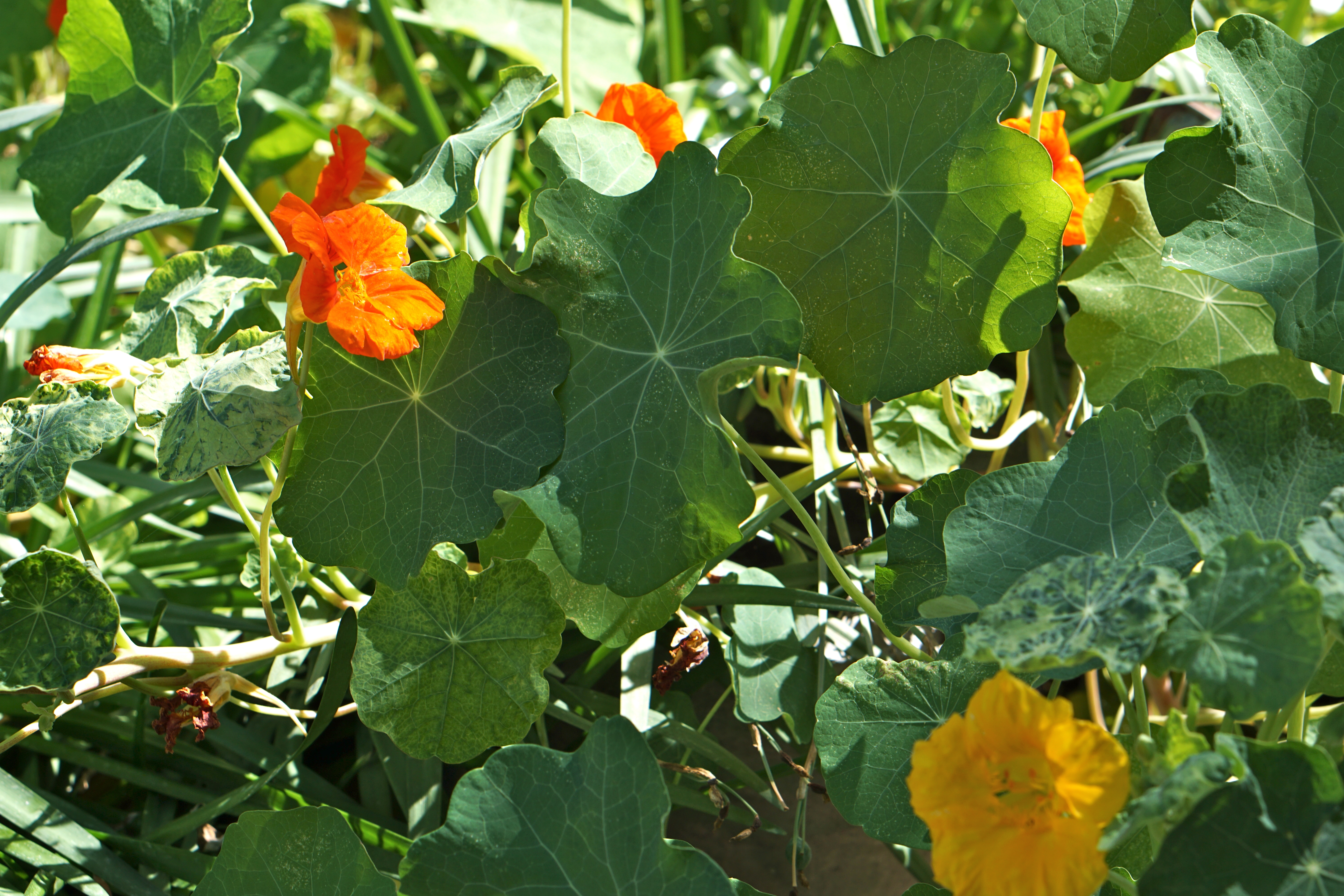
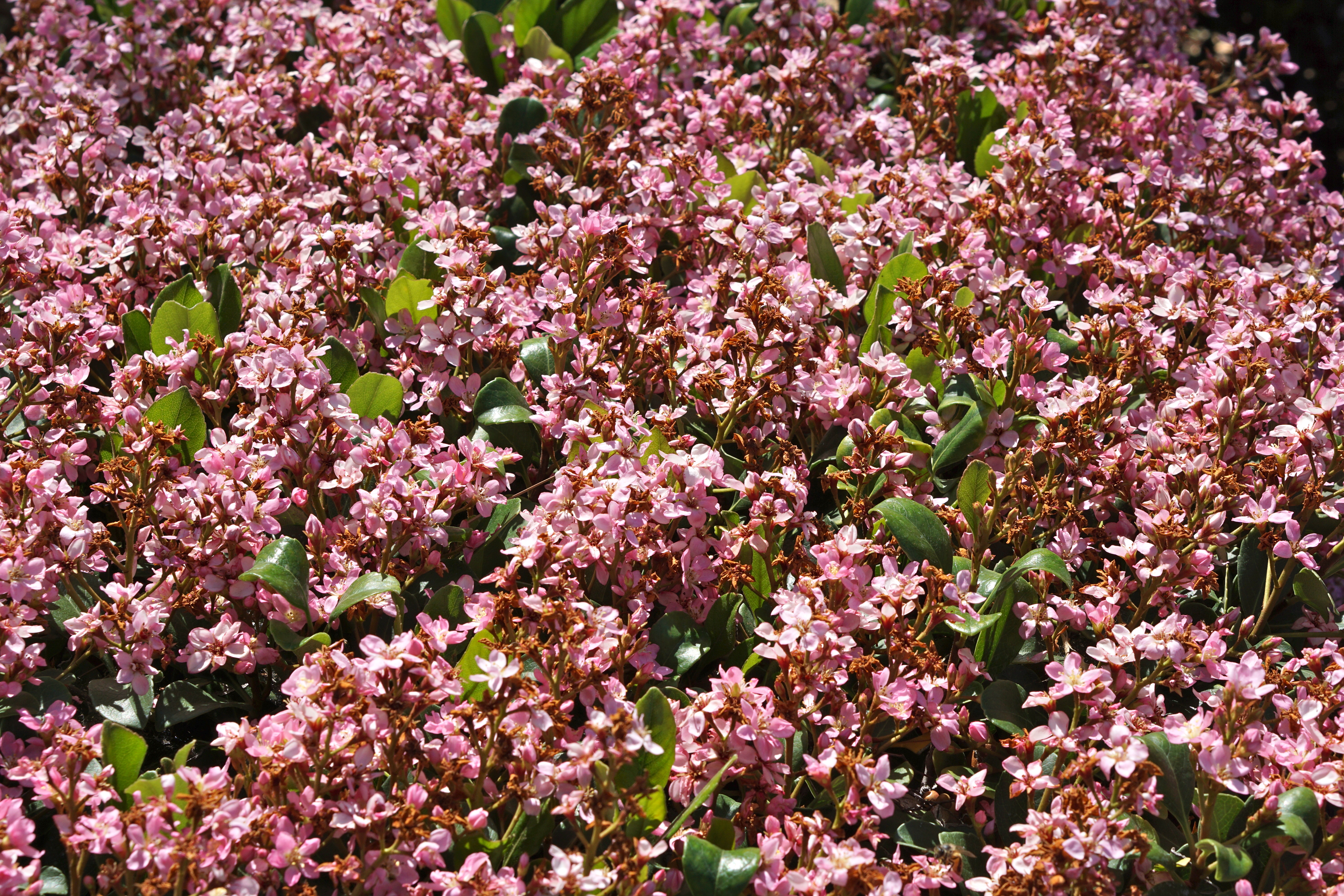
Rhaphiolepsis ‘Majestic Beauty’ (Indian Hawthorn) In full bloom and it makes a wonderful hedge.
The blooms just keep coming thanks to the sun, water, soil, bees and good organic practices. No Chemicals!!!

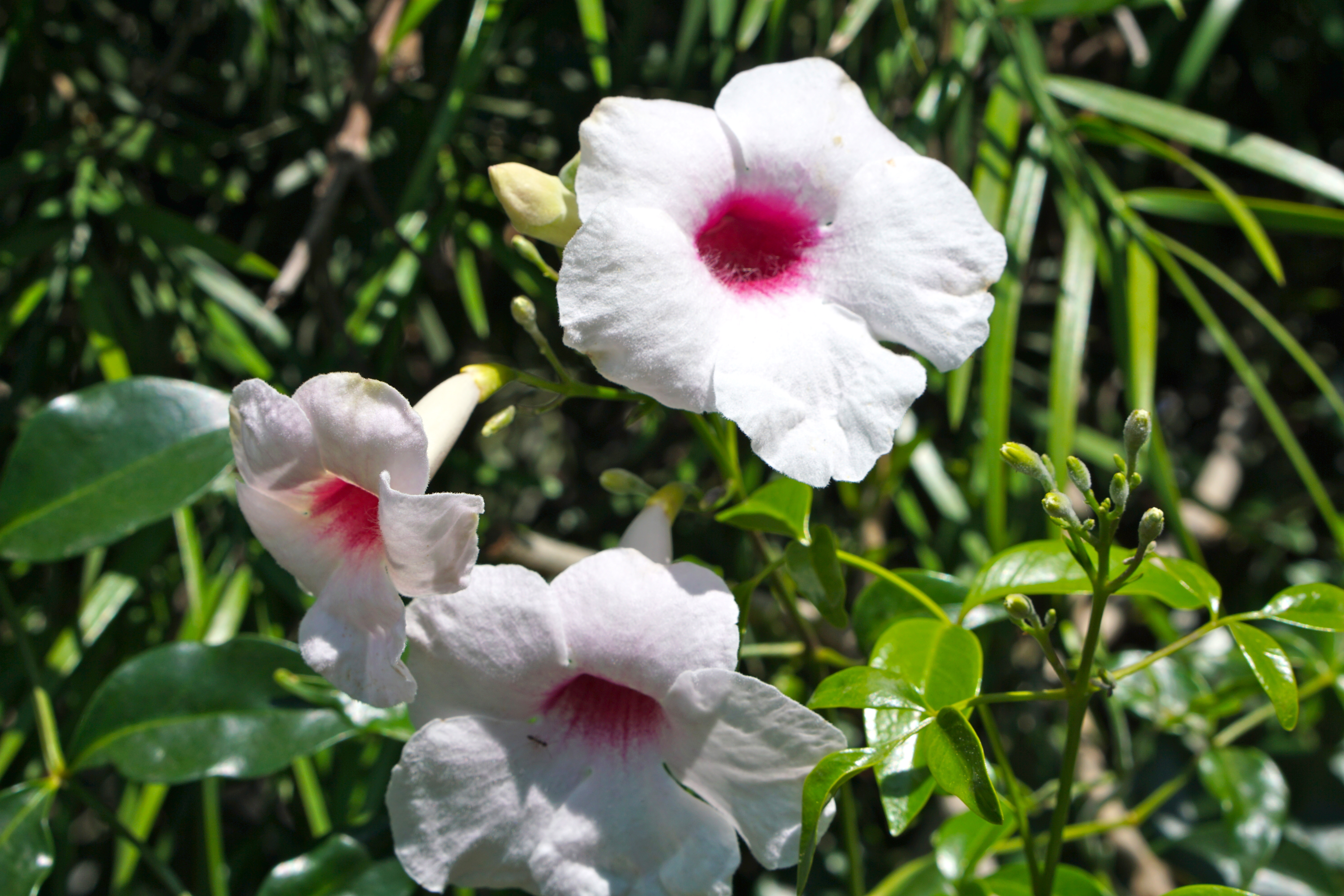
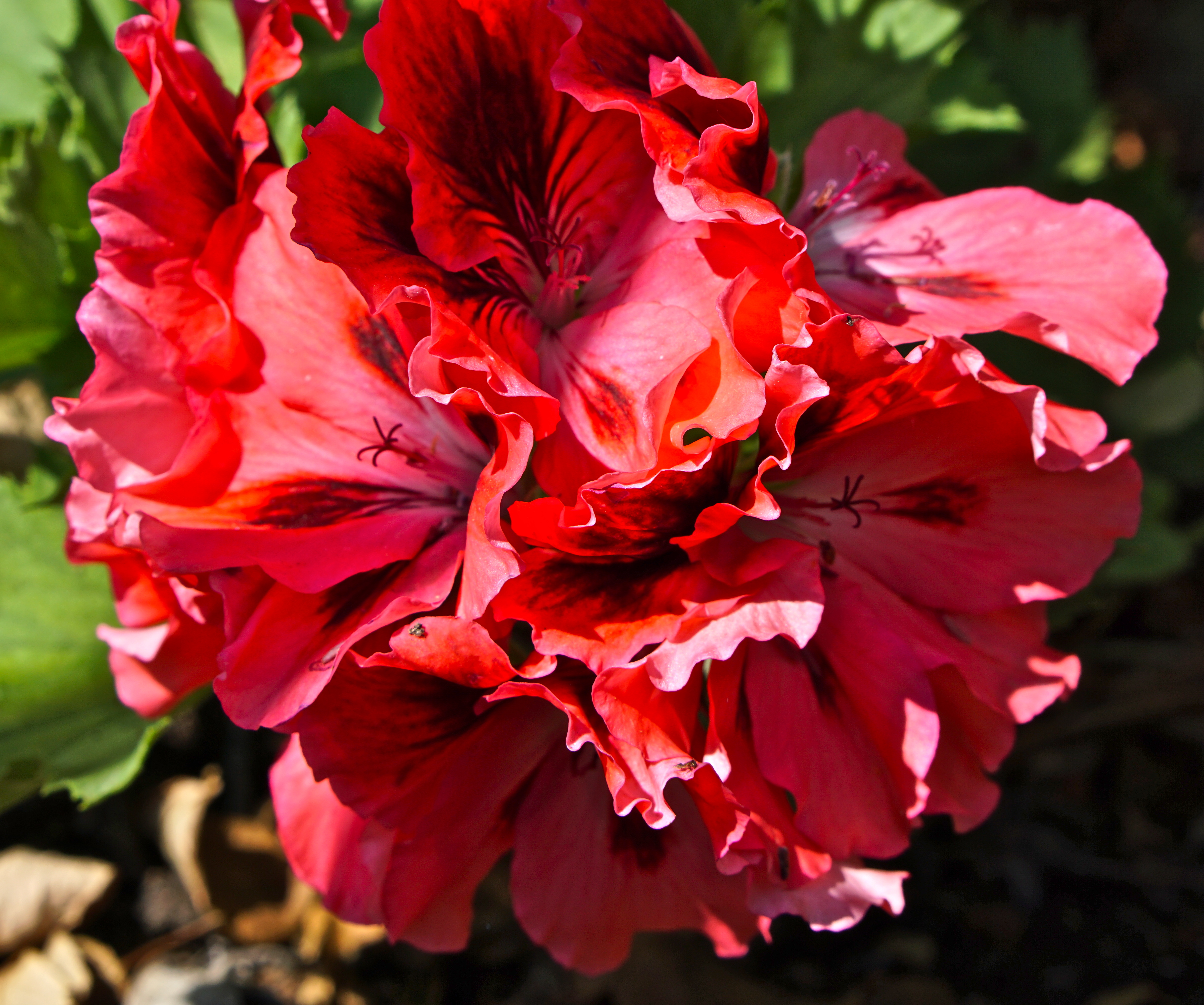
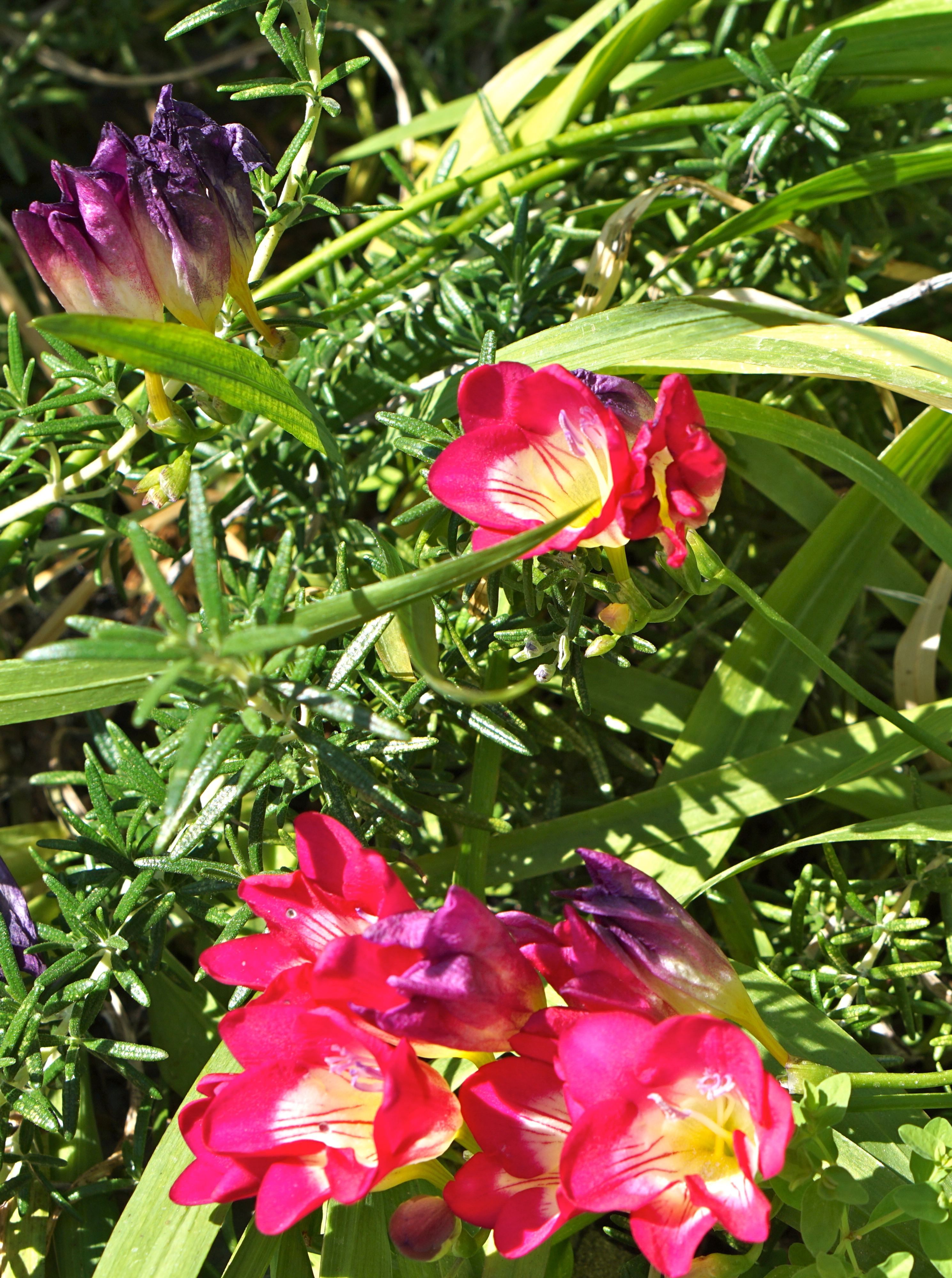
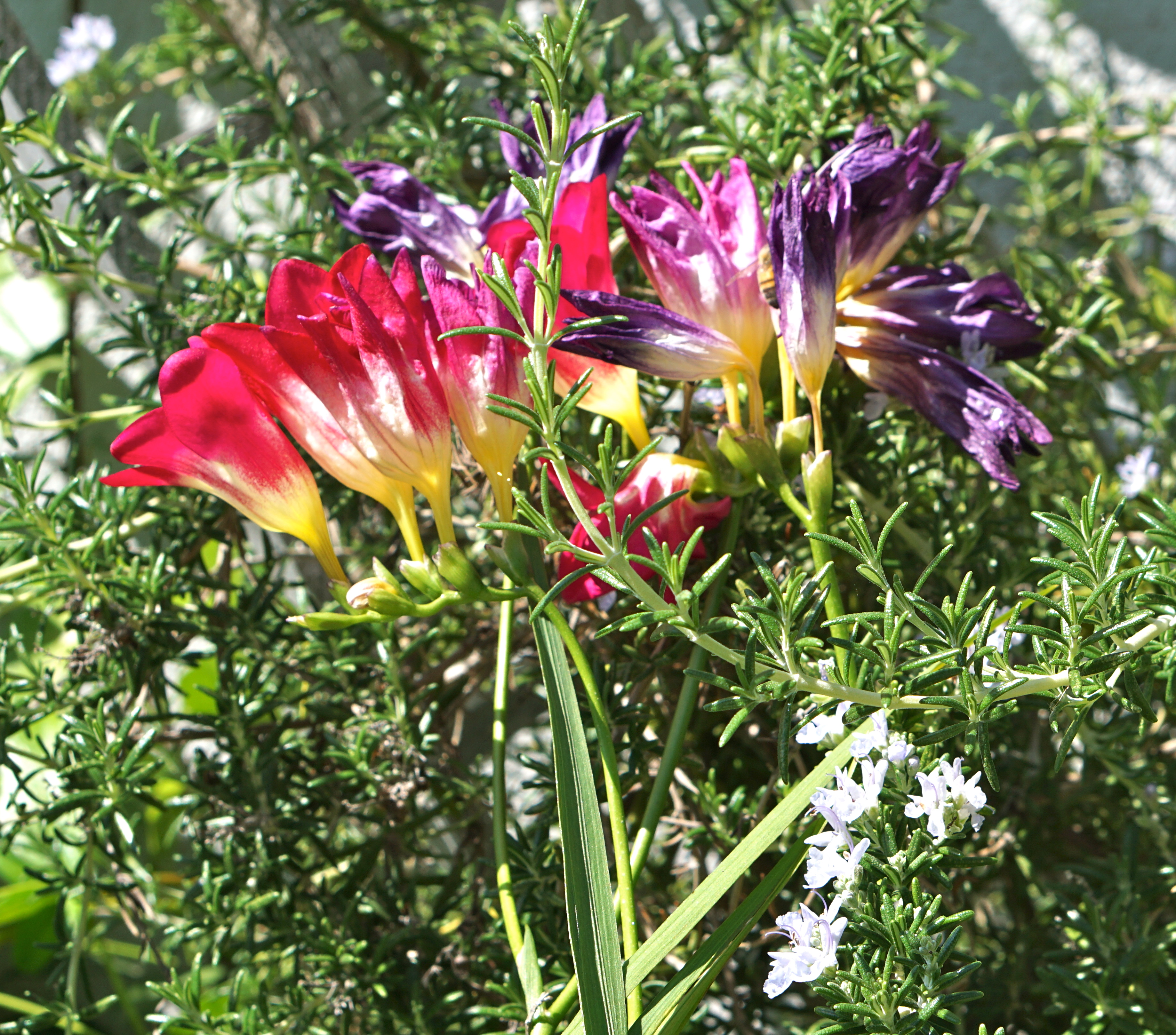
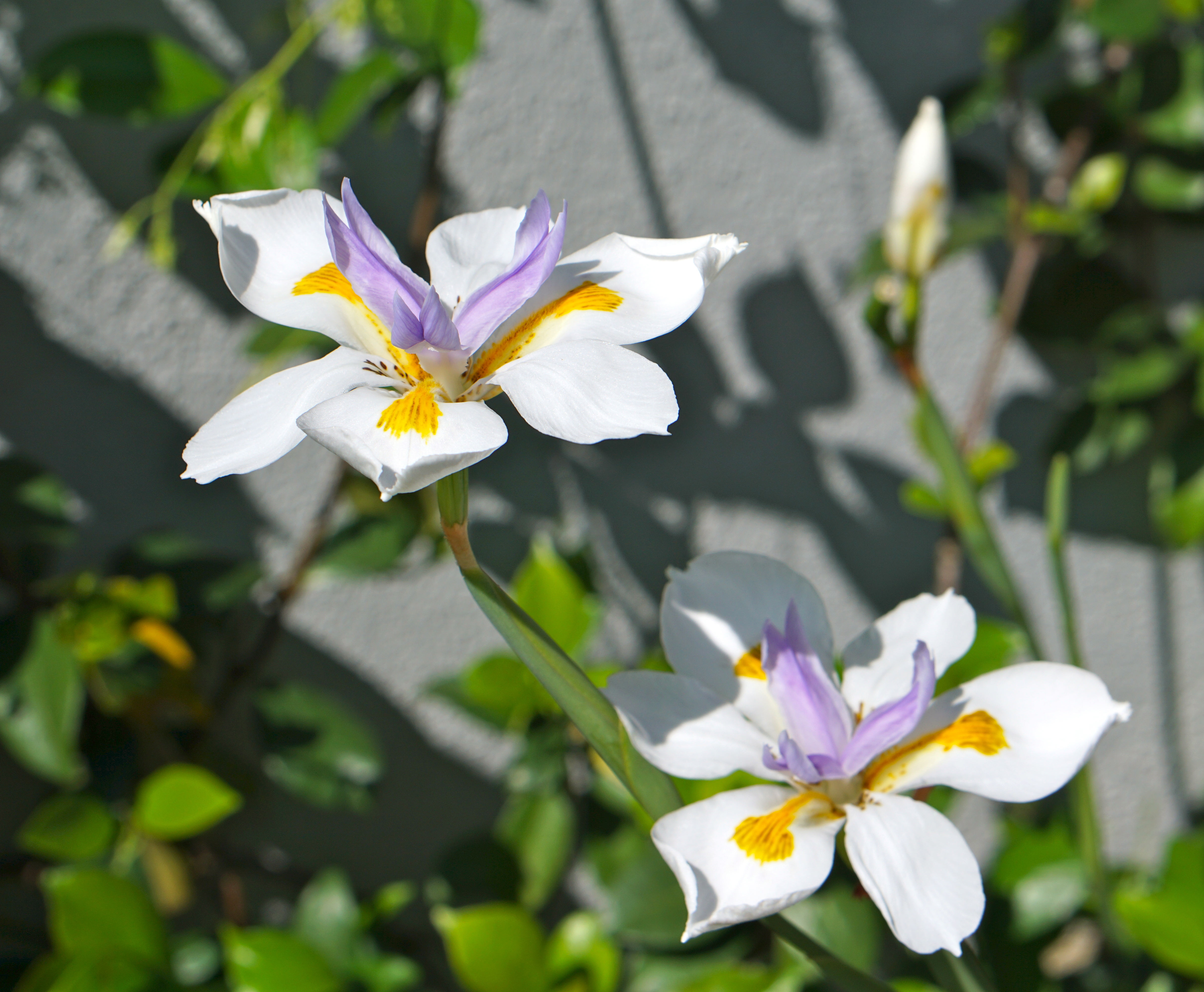 This is a climbing vine that smells delicious and trails and trains well. It is a white jasmine variety.
This is a climbing vine that smells delicious and trails and trains well. It is a white jasmine variety.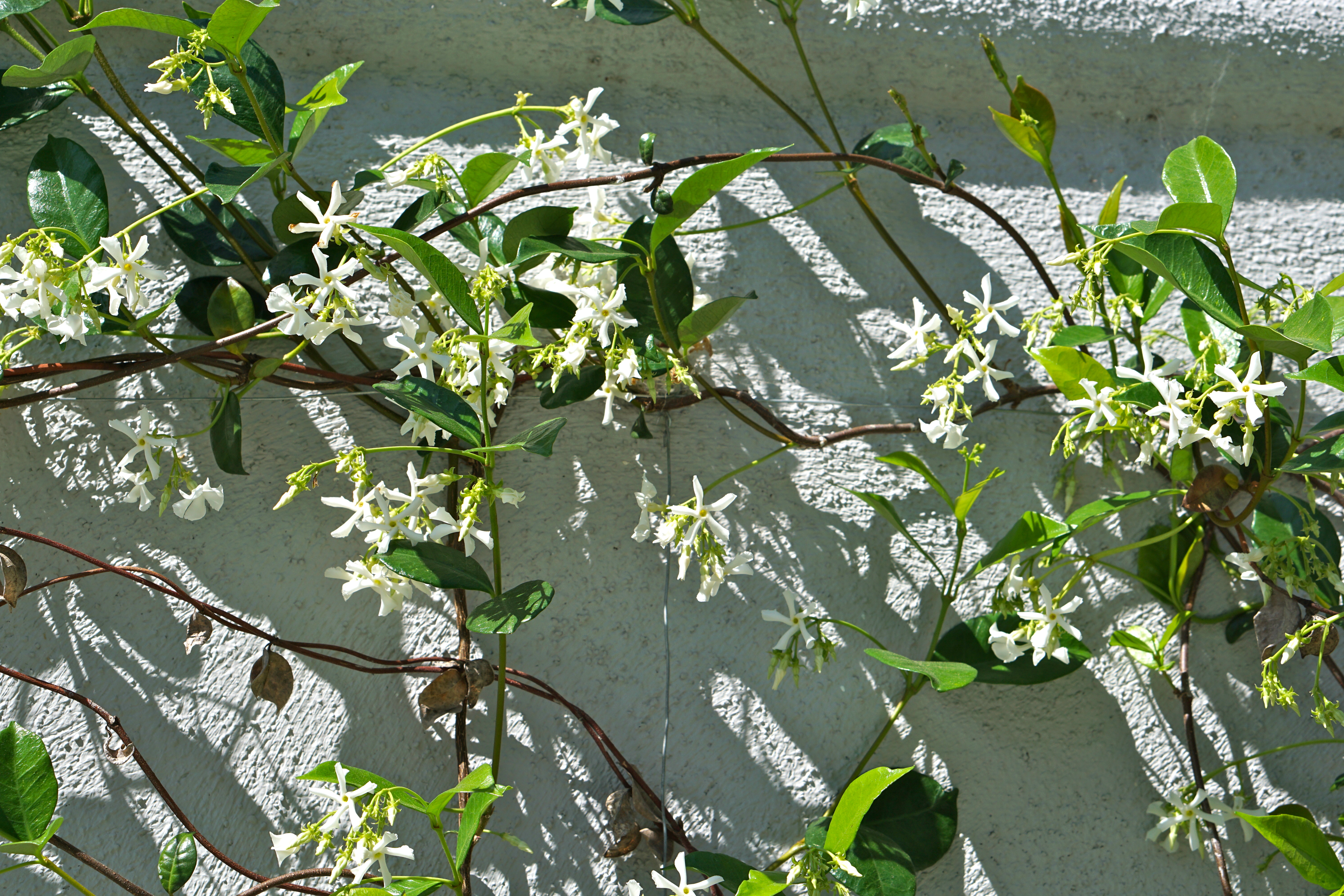
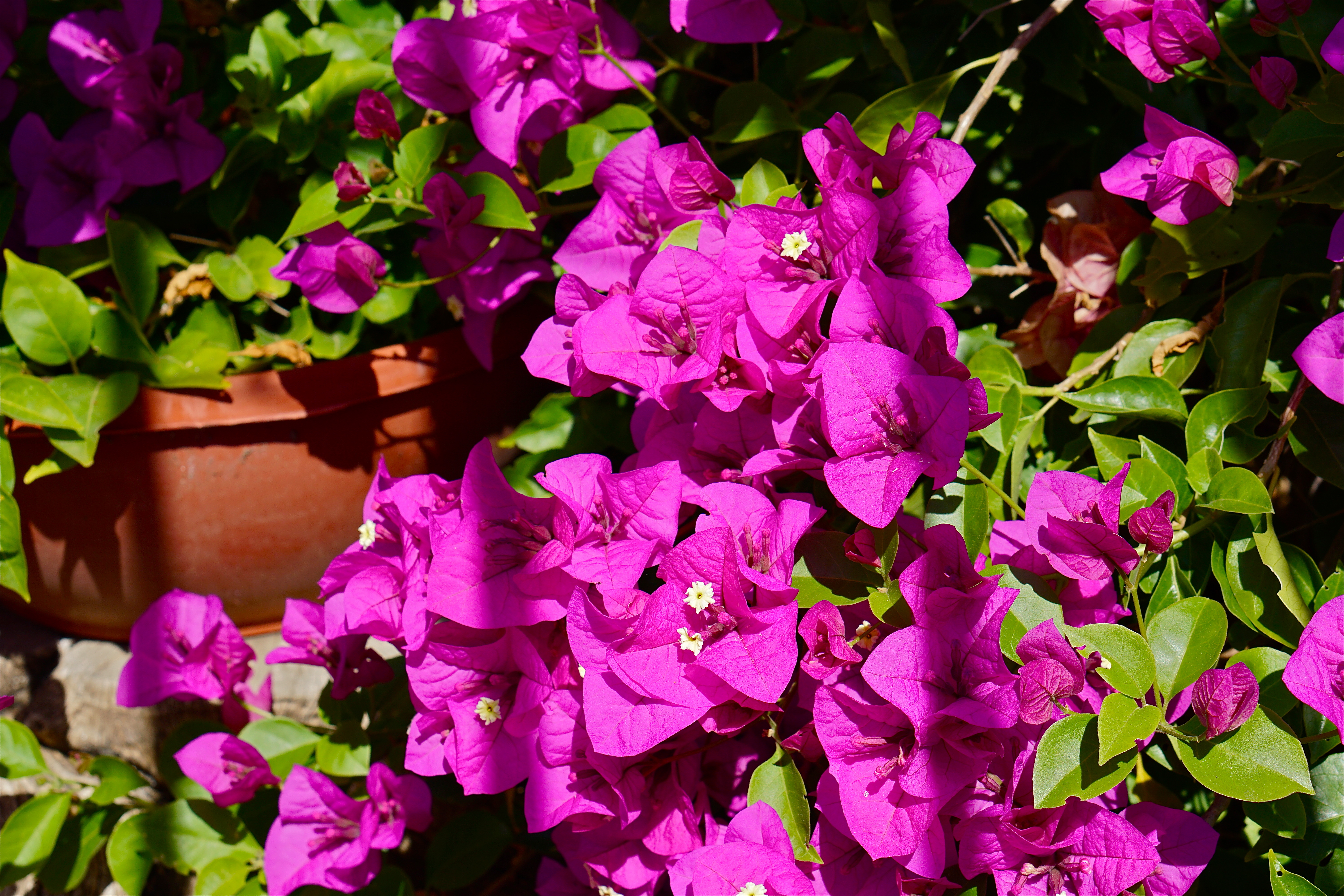
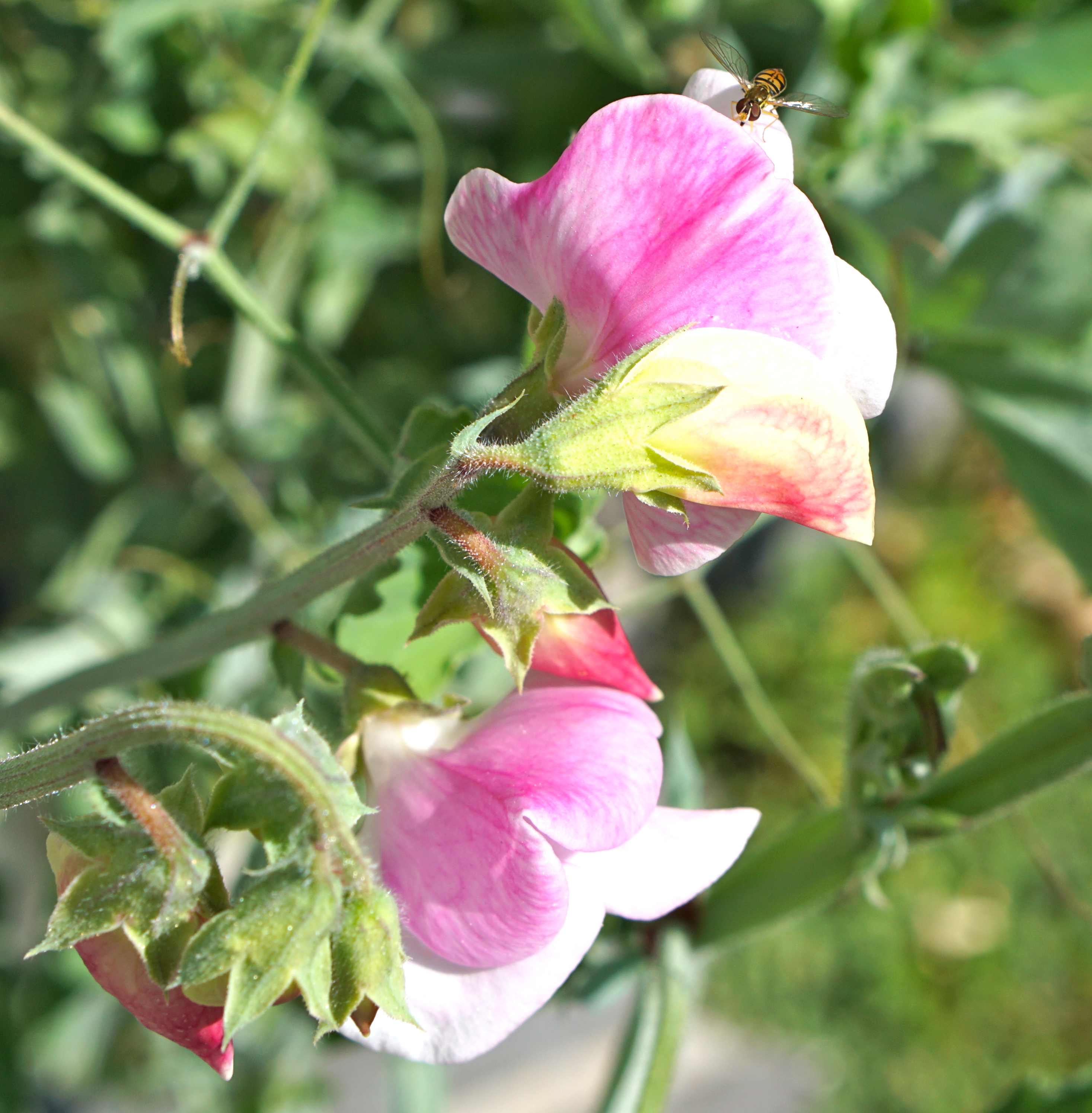
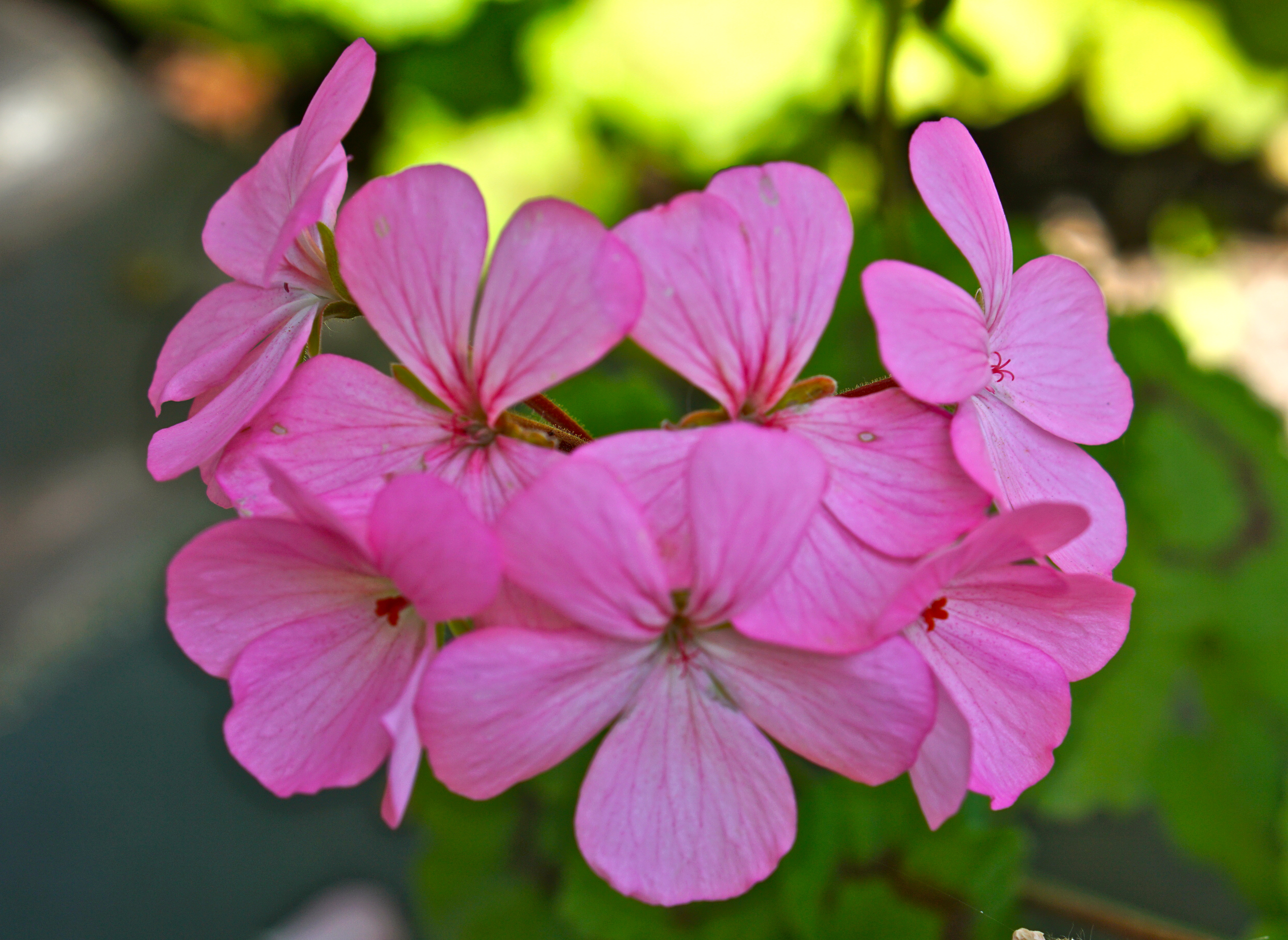
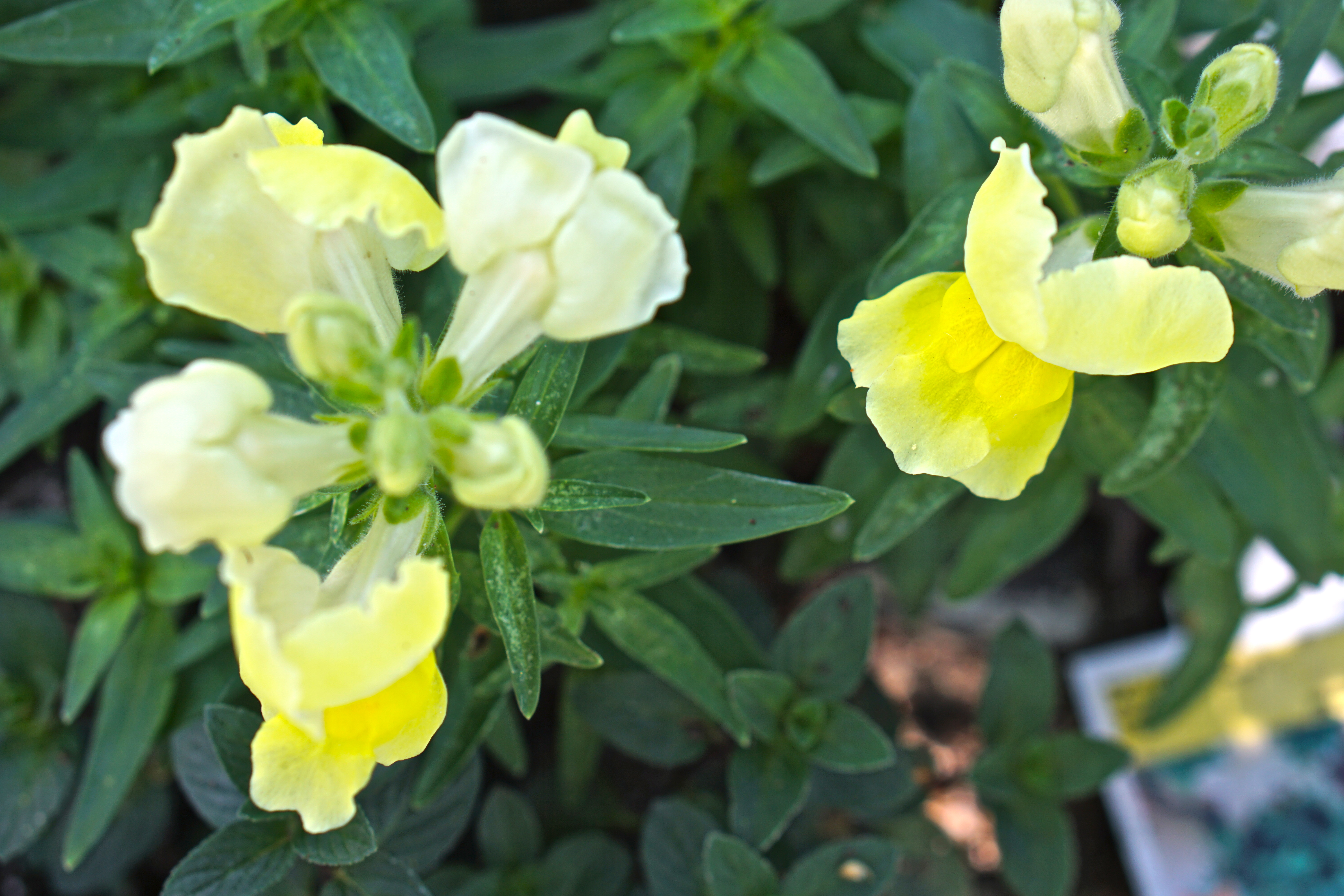 V
V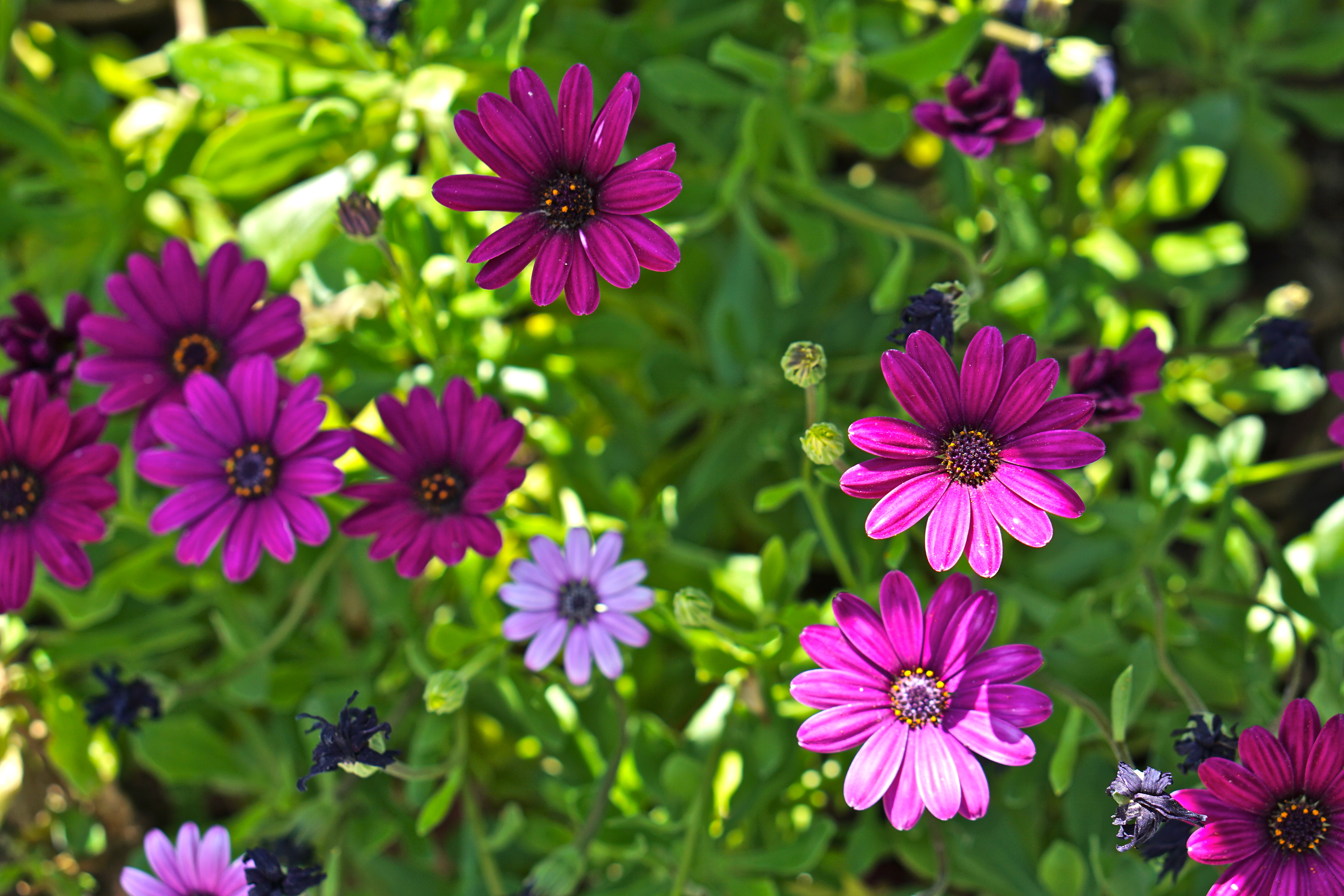
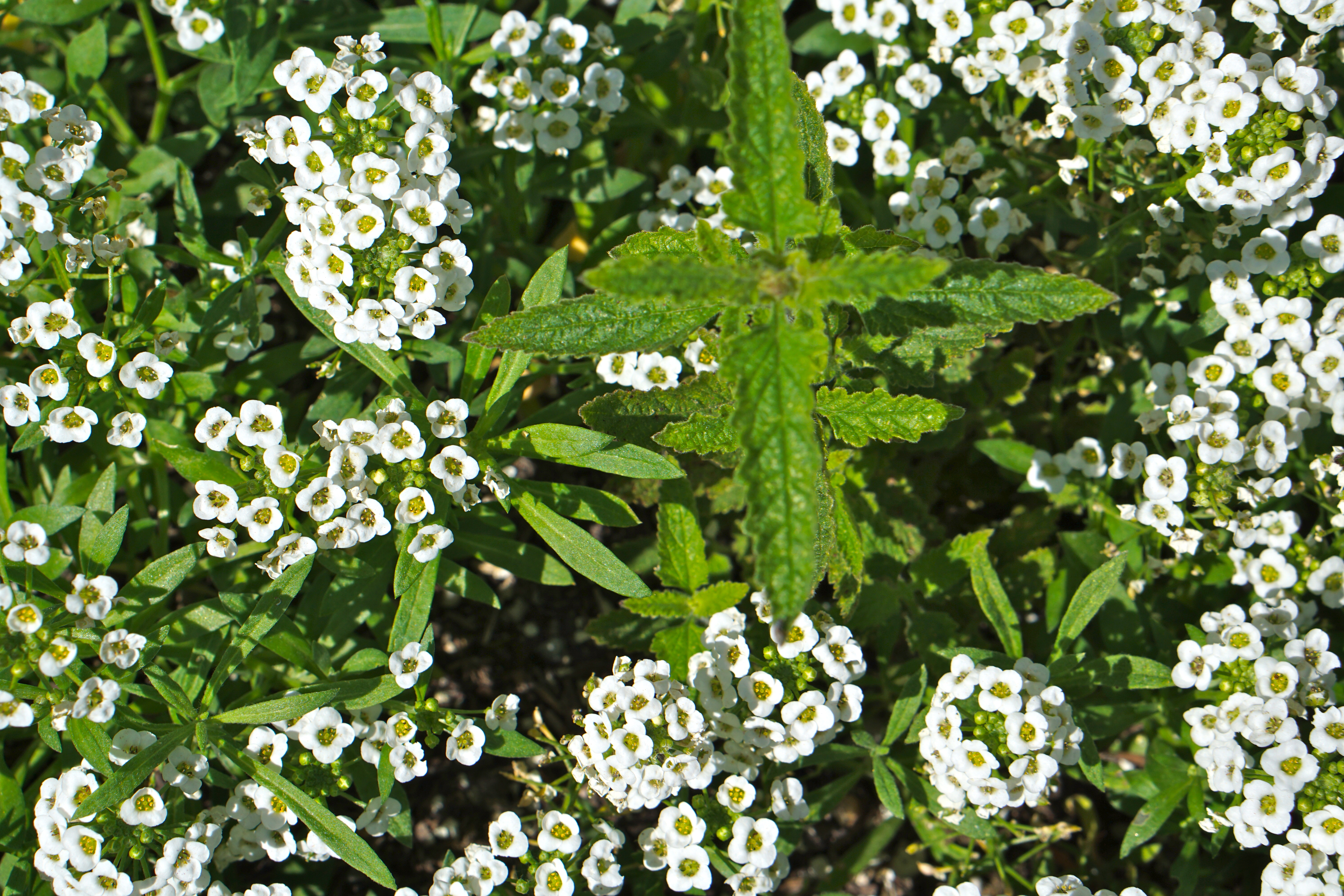
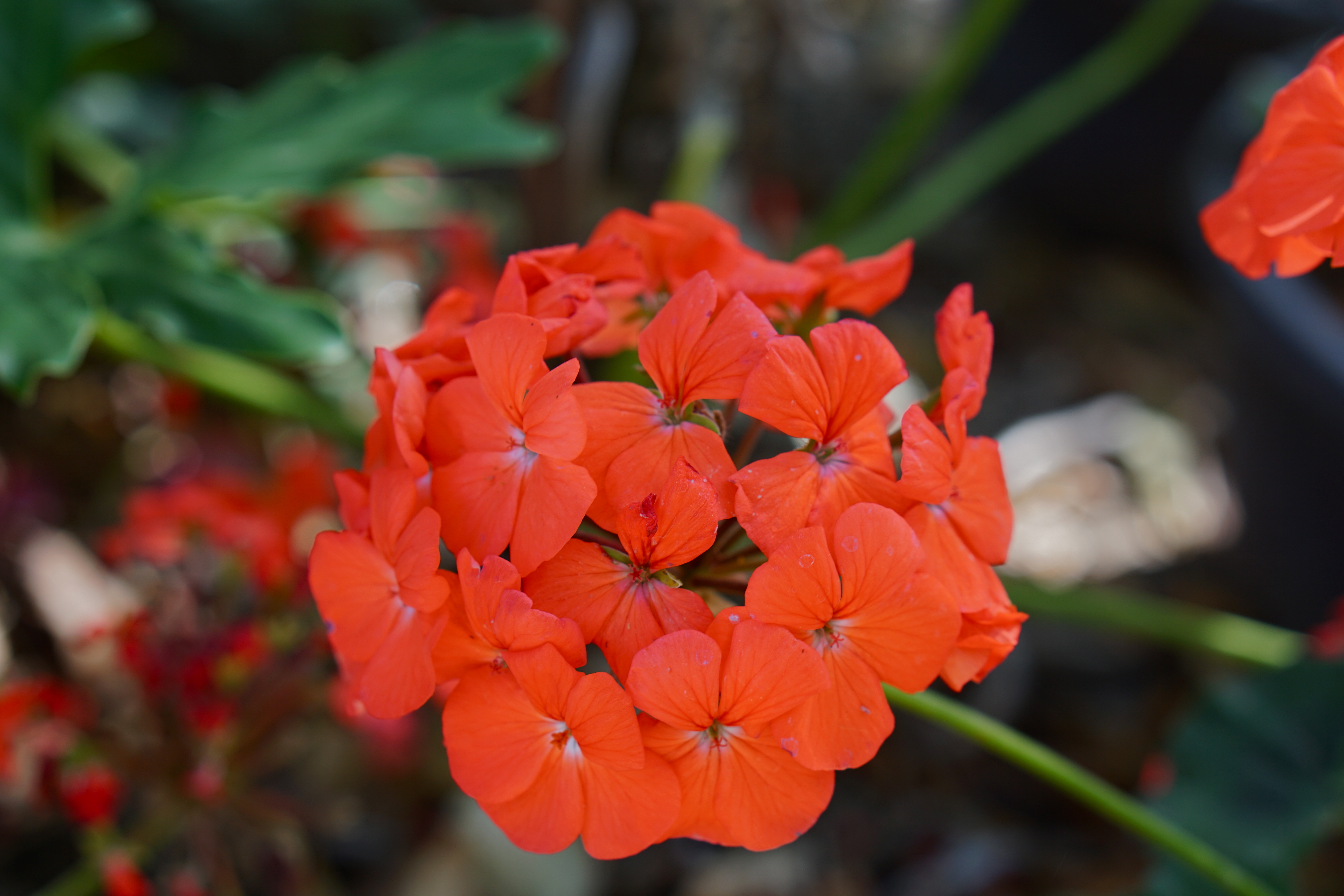
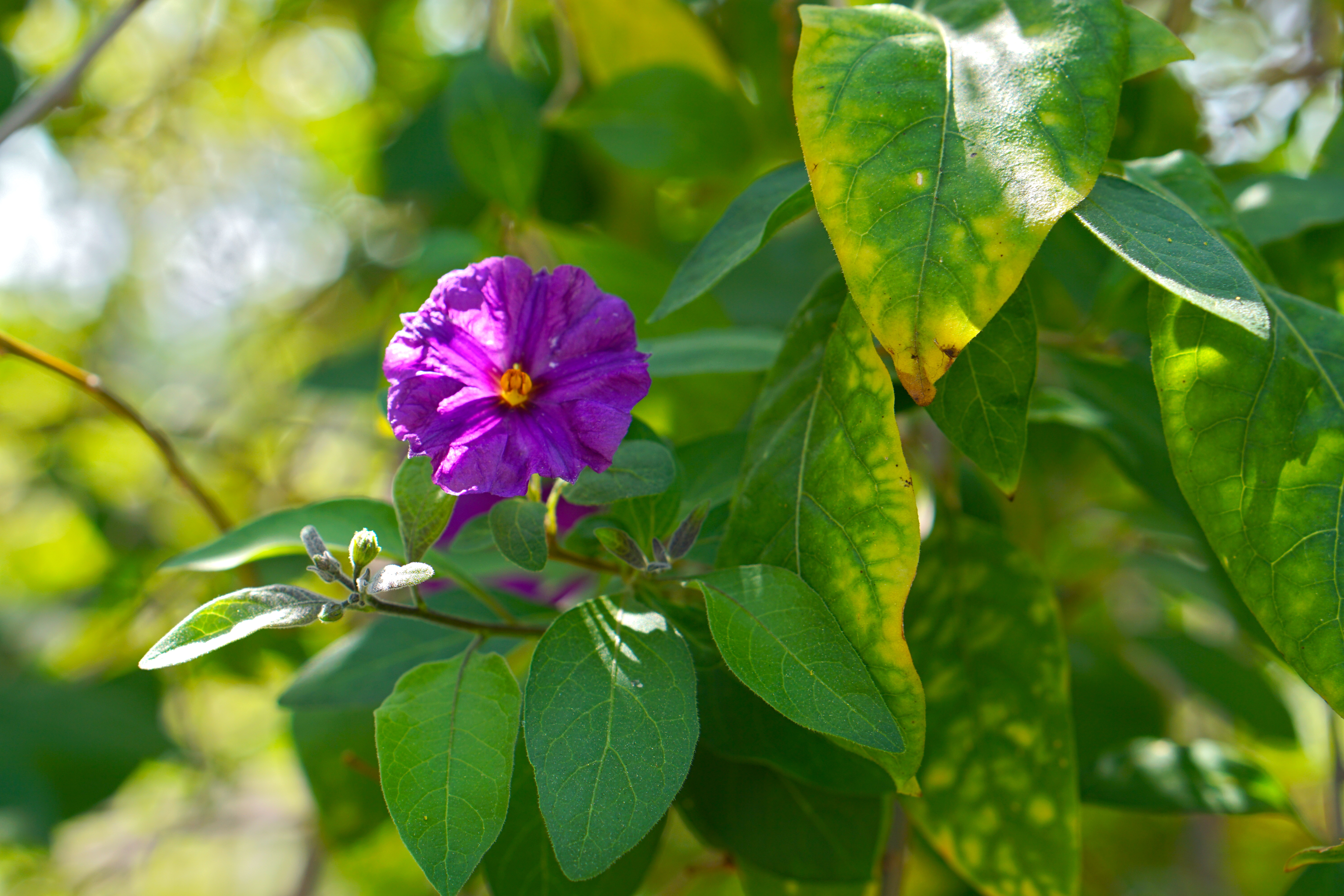 T
T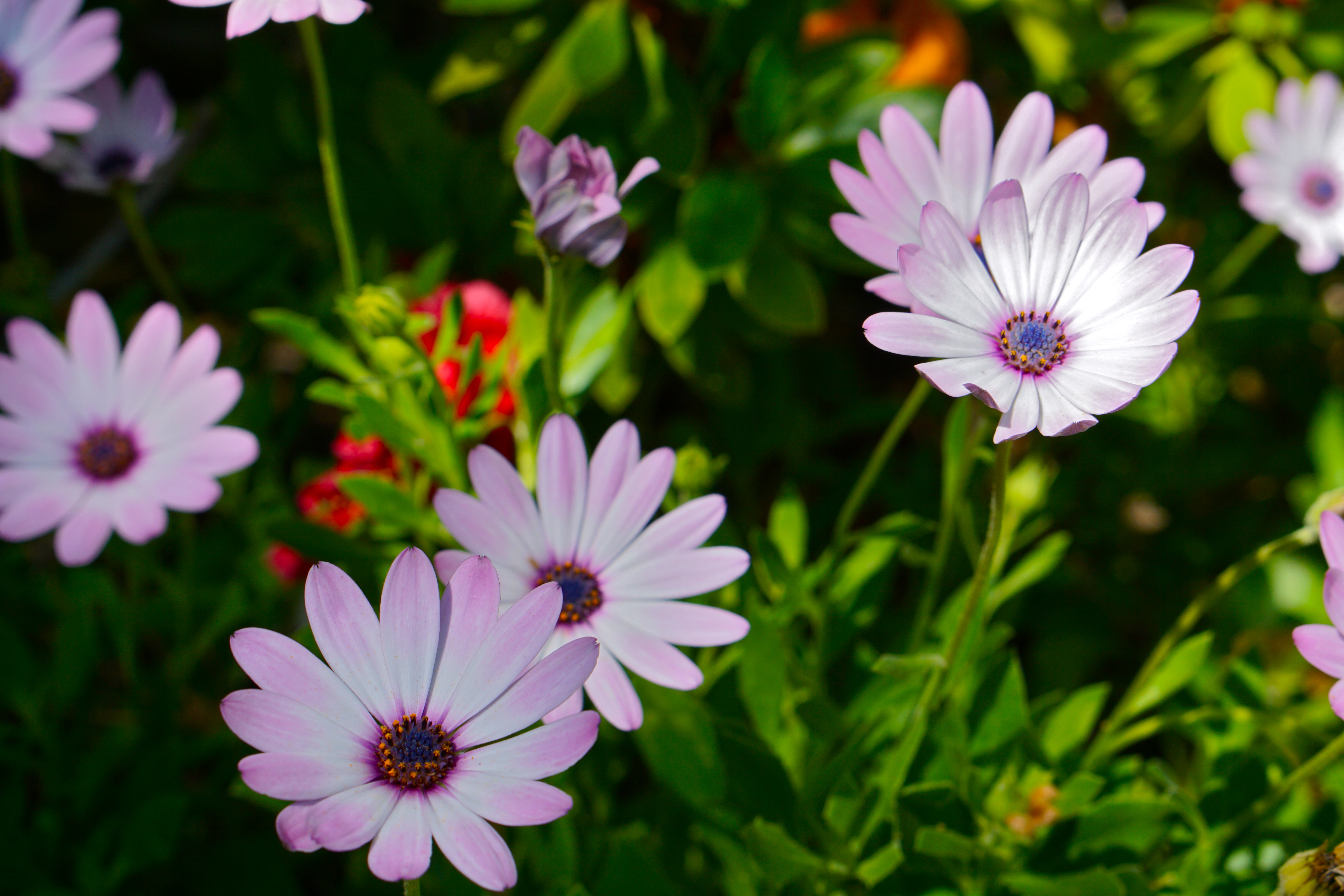
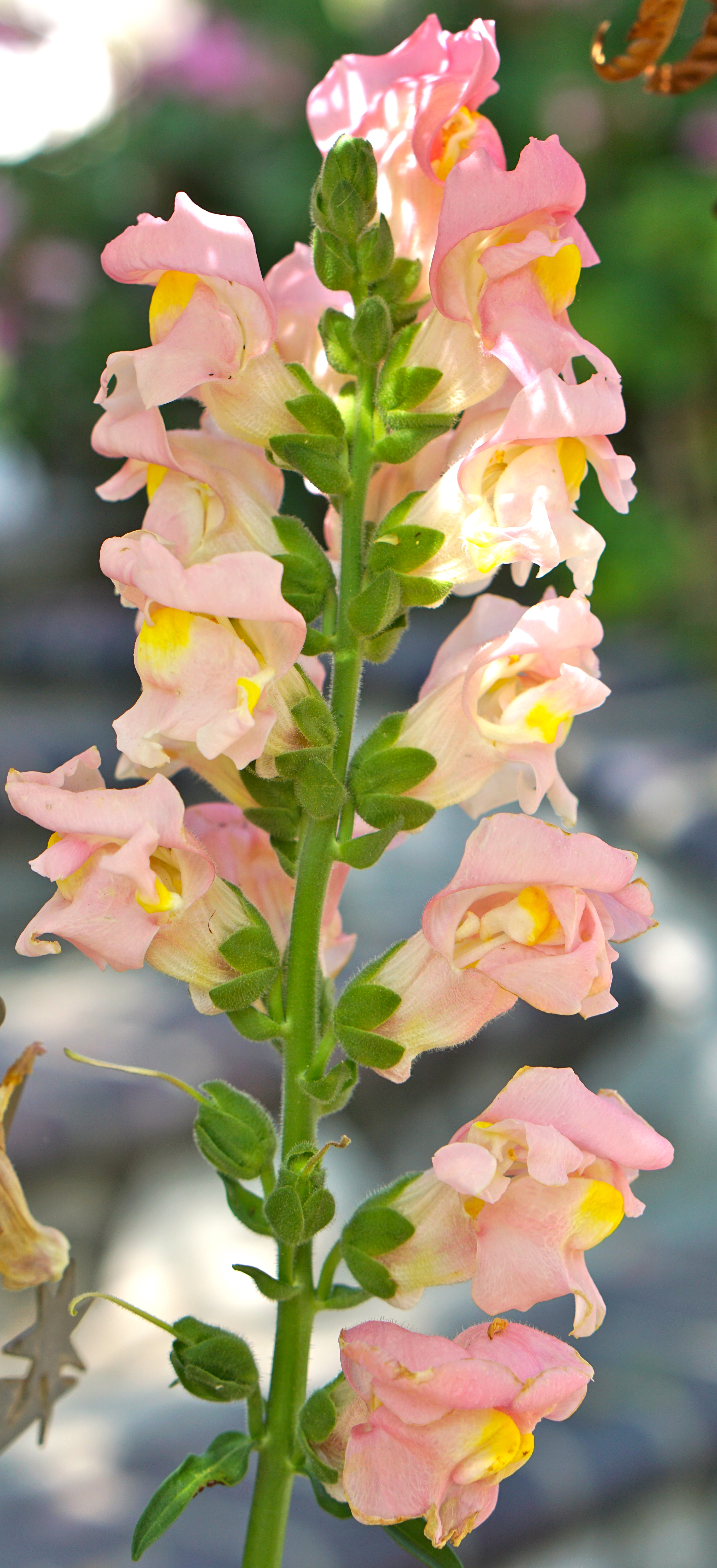 T
T